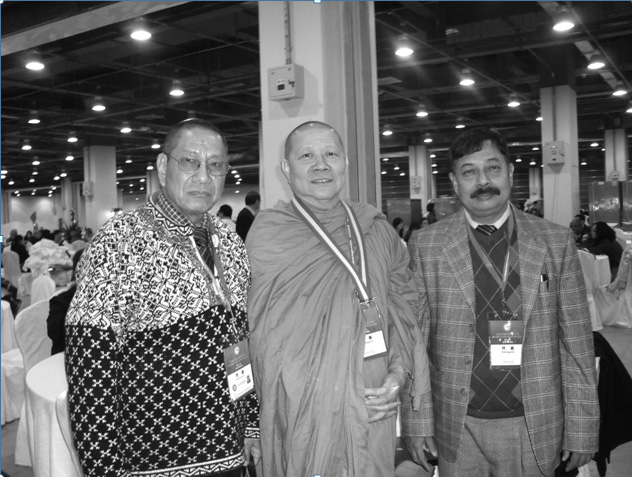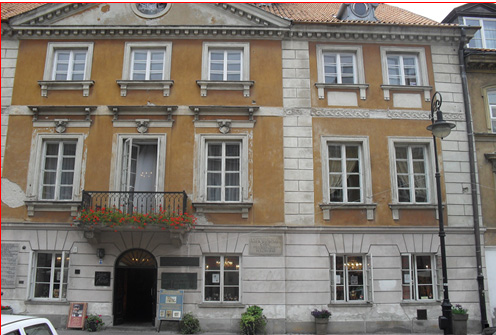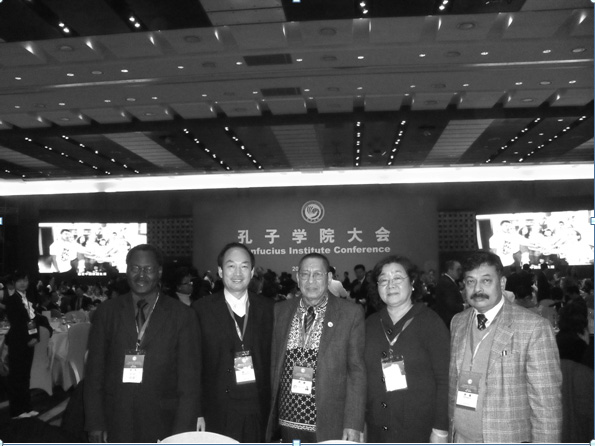– Kashiraj Pandey
A middle-aged woman, tall and tired, accompanied by a charming child steps down from an airliner that brings the majority of workers back home and some tourists to Kathmandu from the Middle East everyday around lunch time.
Everybody was in a hurry to reach their destination, some to their long missed family members and others to a hotel, most probably. Dolmia, a village lady, who had left home some ten years ago, now with her baby appeared so lonely and confused. The beautifying new set of garments and high-heeled shoes she wore made her look younger than her actual age. She was sitting with a boy in one of the far off rows of chairs that otherwise would be occupied only during the rush hour. She neither talked to anyone nor moved ahead towards immigration.
People came and went, passengers from around the globe, some from Bangkok, some from Beijing, and others from Delhi or Doha. Nothing touched her. Everyone looked at her and passed by.
“Mamma, Lit’s go”, says Mohammed who is visiting Nepal for the first time.
“See mamma… there”. The boy poking his mother points in the direction of all the other passengers waiting for their turn to be cleared by immigration.
“Wait for some time. I am wondering where to go”.
“Everyone has gone over there. I am hungry.”
“Okay. Here you go.”
Dolmia unzips her hand bag, takes out a packet of biscuits, and gives them to Mohammed. “Great”, expressed with a sense of happiness on finding some water saved from the flight, and a muffin. She gives them to her boy.
She stares at everyone who passes the arrival desk when everything around seems so alien to her.
“Dolmia Lama from Qatar” shouts the airline staff. Full of mirage, she wakes up.
“Yes, Yes. I am here.”
“Oh you have unclaimed baggage. Yours is the only one left from Flight 354. We were wondering what had happened to you. Please come and take your stuff. Two pieces, right?”
“Yes.”
Dolmia proceeds further, fills in the form, and passes through immigration. The man at the counter stares at them, verifying their documents; Mohammed, a very unlikely name to suit this Family of Dolmia. After official procedures, they walk down to the baggage claim, then to the customs counter, and then outside.
Fresh air and a natural life with all her people, people all alike, her own type.
Dolmia is very nostalgic. It’s a cool and chilly afternoon.
Dolmia and Mohammad on one side and a whole lot of people gazing at them on the other. Some were waiting to receive their own friends and relatives and others for the tourists. No one knew about Dolmia’s arrival today. Today, she is with Mohammad, her 6 year old child.
“Mohammed, your name is Mohan from today. You can call me by the same name, “mamma” but you will be addressed as Mohan. No one ever from now onwards will call you Mohammed.
“And Papa?”
“No. We will not meet him again and you will never remember that man. He will be forgotten.”
……
Dolmia was alone when she left Nepal. She had promised with Karma and two grown up girls that she would return soon with much affluence. She left this fantastic family with hope that one day she would return and pay off their loans and buy their own piece of land to build a home of their own. Her mission was to work in Qatar for three years as a caregiver.
All her life in Nepal, she was a good wife, a mother of two girls, and an honest member of the society. The poor economic condition of the family was responsible for sending her abroad. It was against her interest but the very usual trend of people in her village forced her to think of foreign employment.
After long and deep consideration, the family together took the decision that Dolmia would go to Qatar for three years while Karma would take care of the two girls in her absence. Karma, though he had never gone to school himself, was very devotional and dedicated to the prosperity of their children’s future. He raised the girls with full care — fed them well and sent them to school with appropriate amenities. Dolmia too would send money to the family, until she experienced a twist in her life.
Waiting outside the airport, where many taxi drivers ask her destination at minute intervals, Dolmia is speechless.
She talks to herself, “should I go to my own family, to relatives, or towards an unknown place to other people?”
Seeing his mother in a very confused state, Mohan speaks.
“Mamma, what are we waiting here for? Let’s go to meet my sisters. You said I have two lovely sisters waiting to see me, didn’t you?”
“Darling! Hold on. Let me think.”
“What mamma? What has happened to you today? I am so excited to meet and play with my sisters.”
“Mohan, my dear son, as I changed your name today, everything has changed. We are neither seeing Karma, nor your sisters. We should go to a hotel, to a place where no one knows us. A place where we two can have our own world, my space and Mohan’s space. A new place where you will play with me, and I with you. Something that we never had. ”
“Taxi…. taxi…. !” Shouts Dolmia.
“Take us to a moderate hotel, will you?”
“Rupees 1000, for the ride. I will drop you at a nice hotel with a very reasonable tariff.”
“Okay, let’s go.”
 During the visit, I had reached Beijing while returning from Moscow by trans-Siberian railway, which runs through the great part of Russia, Mongolia and China. I had been cordially welcomed in the quarter of China Radio International (CRI) by my friend Kamal Lamsal, whom I had known since my student life in USSR. The experience that I had shared about my trans-Siberian journey and China stay in CRI Nepali program is so vivid that it reverberates like yesterday’s episode. After having seen the grand view of eastern civilizations such as The Great Wall, ancient palaces and museums of Ming and Qing dynasties, Beijing Temple of Heaven, grand structure of Tiananmen Square, Badachu Park for five days I had travelled back to Hong Kong. It was during September. It was during this journey, I had got an opportunity to feel the grandeur of People’s Republic of China via rail journey – both the high and plain land – from northern to southern border.
During the visit, I had reached Beijing while returning from Moscow by trans-Siberian railway, which runs through the great part of Russia, Mongolia and China. I had been cordially welcomed in the quarter of China Radio International (CRI) by my friend Kamal Lamsal, whom I had known since my student life in USSR. The experience that I had shared about my trans-Siberian journey and China stay in CRI Nepali program is so vivid that it reverberates like yesterday’s episode. After having seen the grand view of eastern civilizations such as The Great Wall, ancient palaces and museums of Ming and Qing dynasties, Beijing Temple of Heaven, grand structure of Tiananmen Square, Badachu Park for five days I had travelled back to Hong Kong. It was during September. It was during this journey, I had got an opportunity to feel the grandeur of People’s Republic of China via rail journey – both the high and plain land – from northern to southern border.
